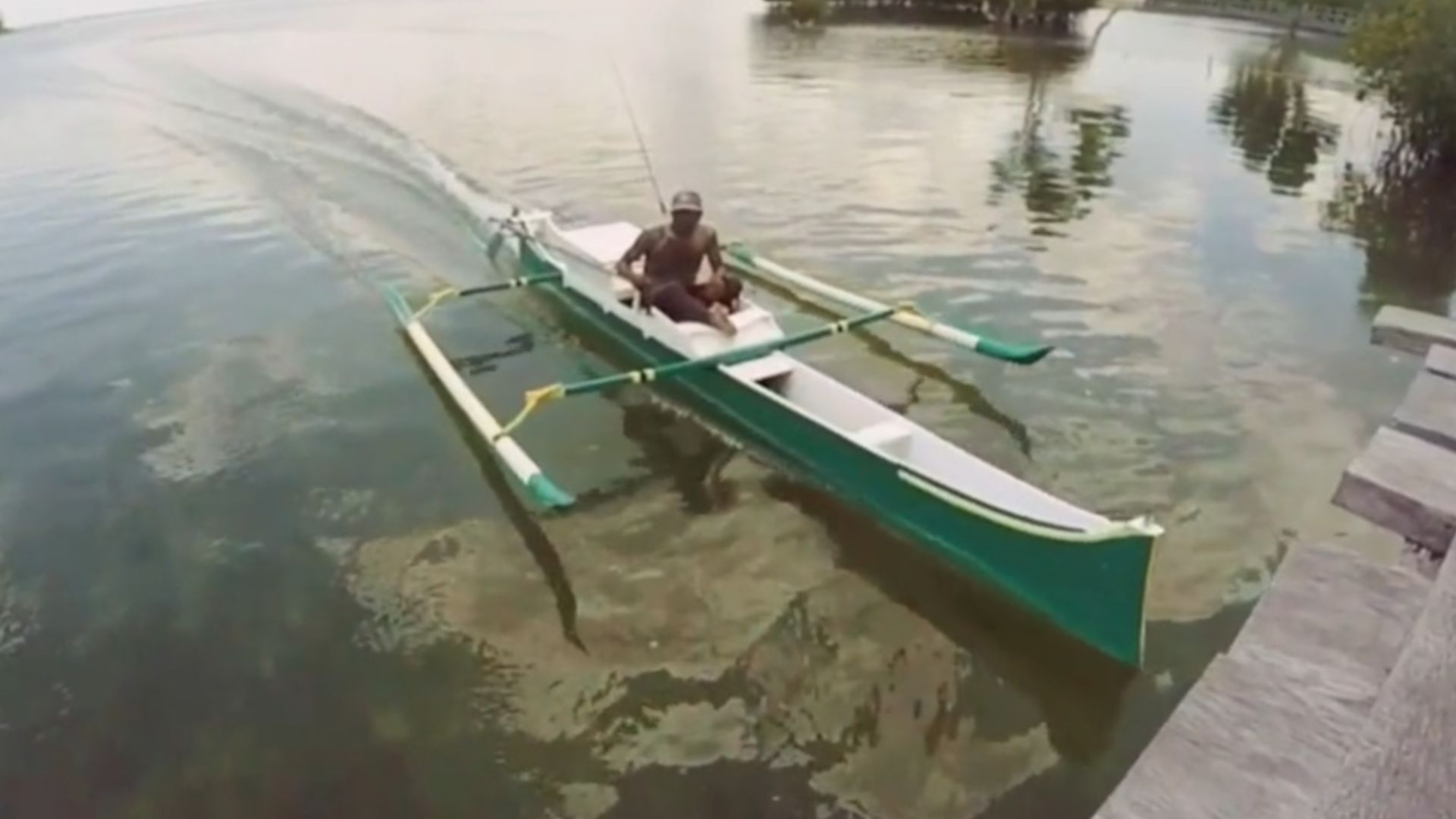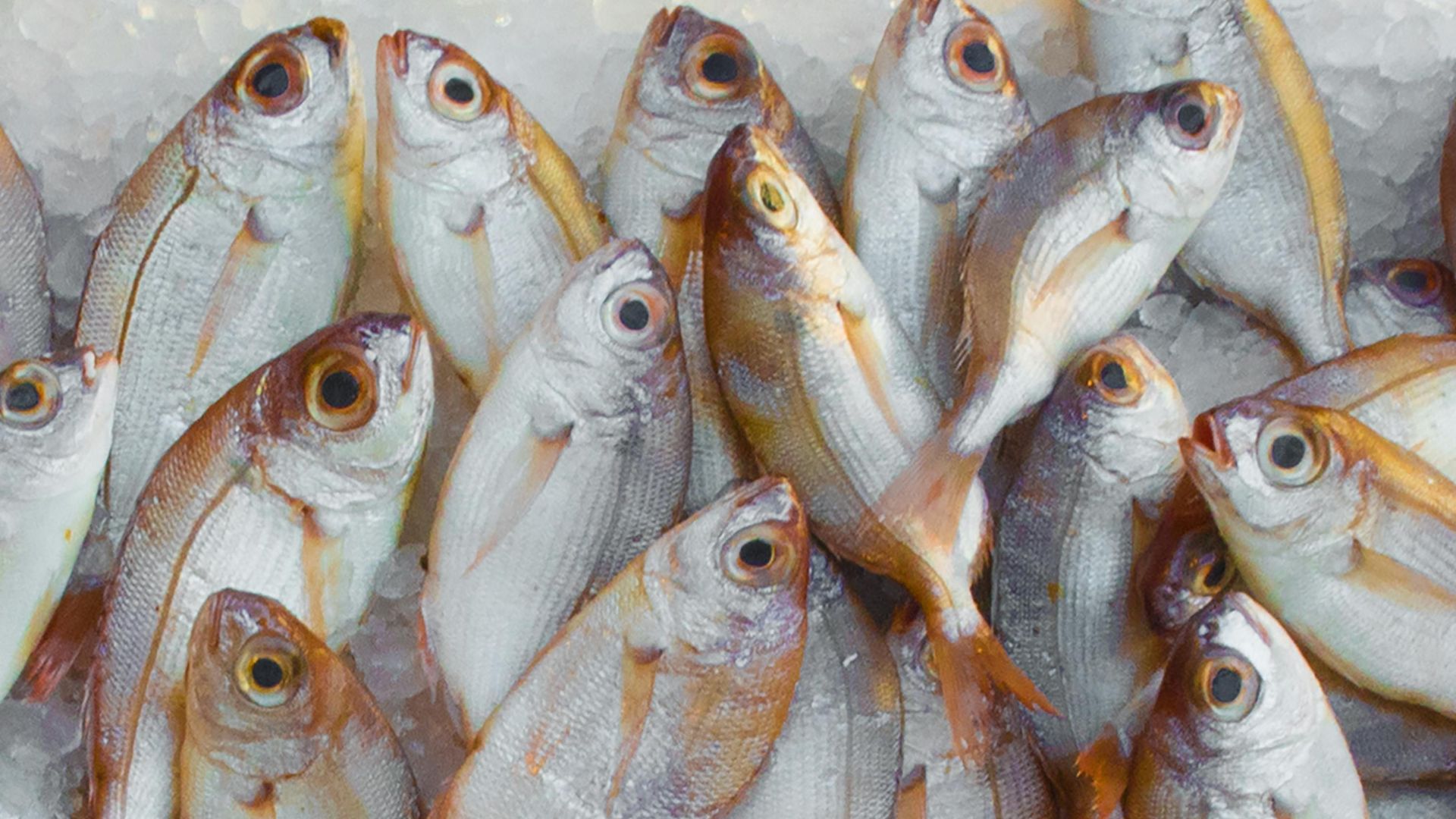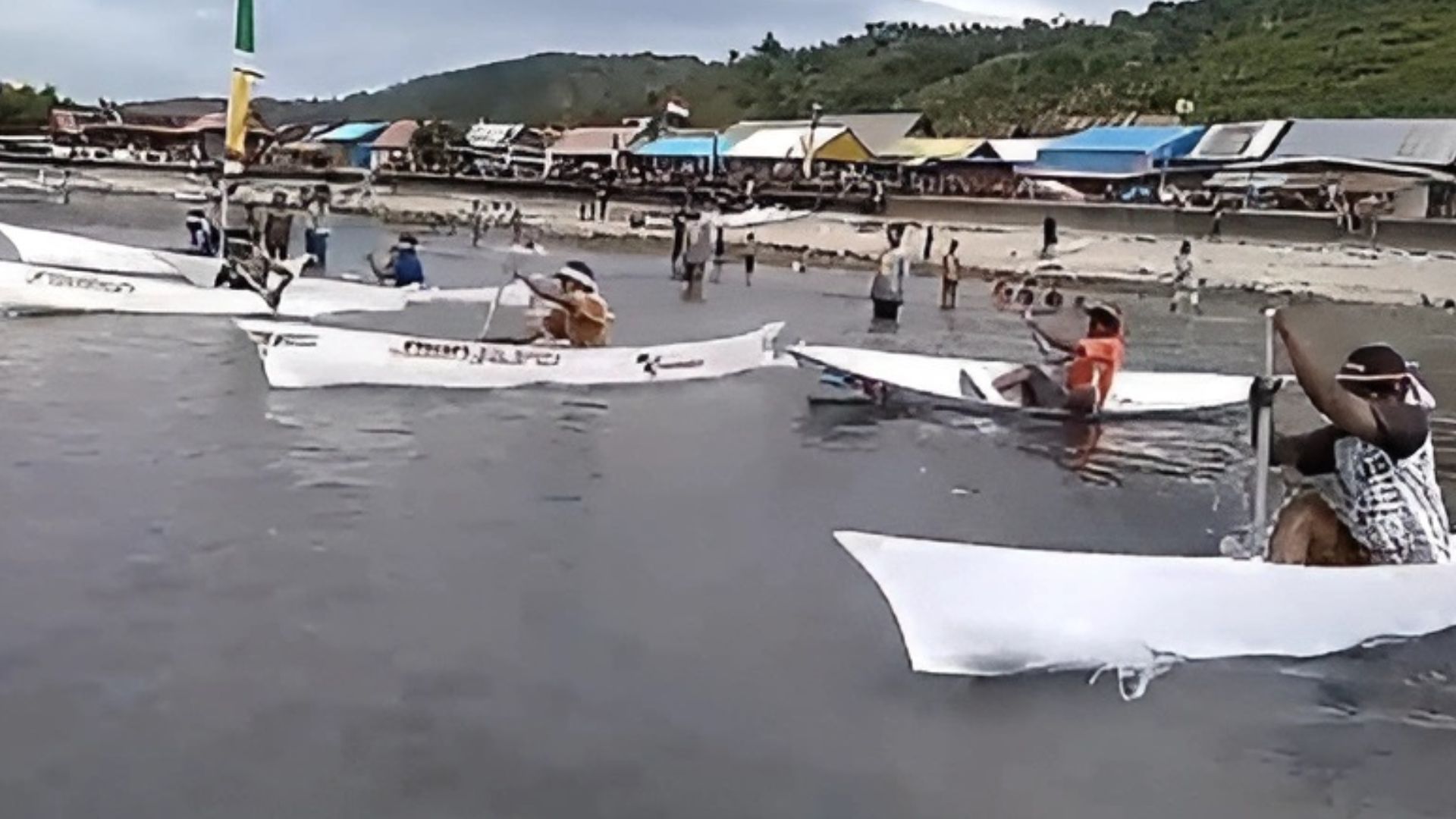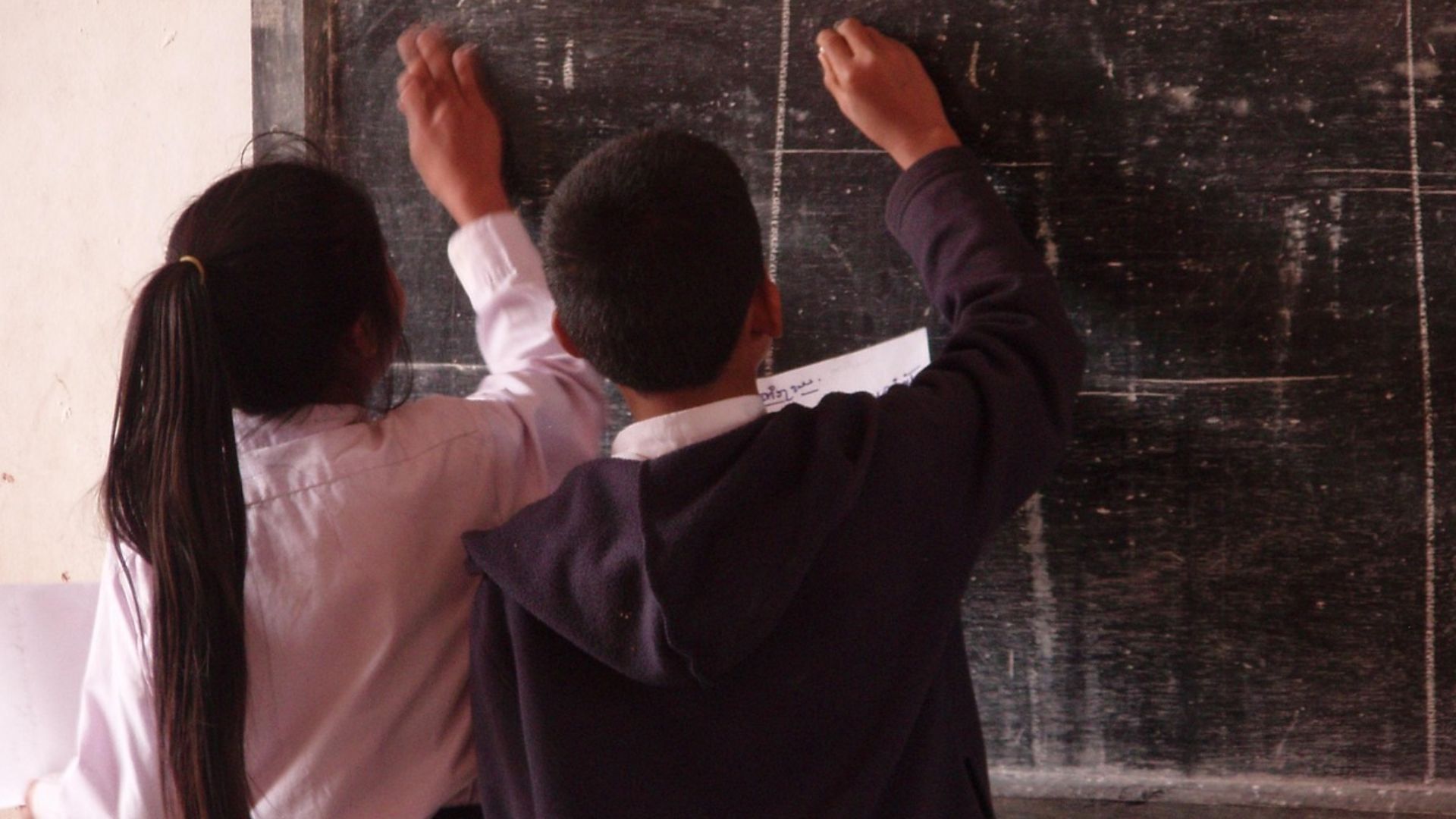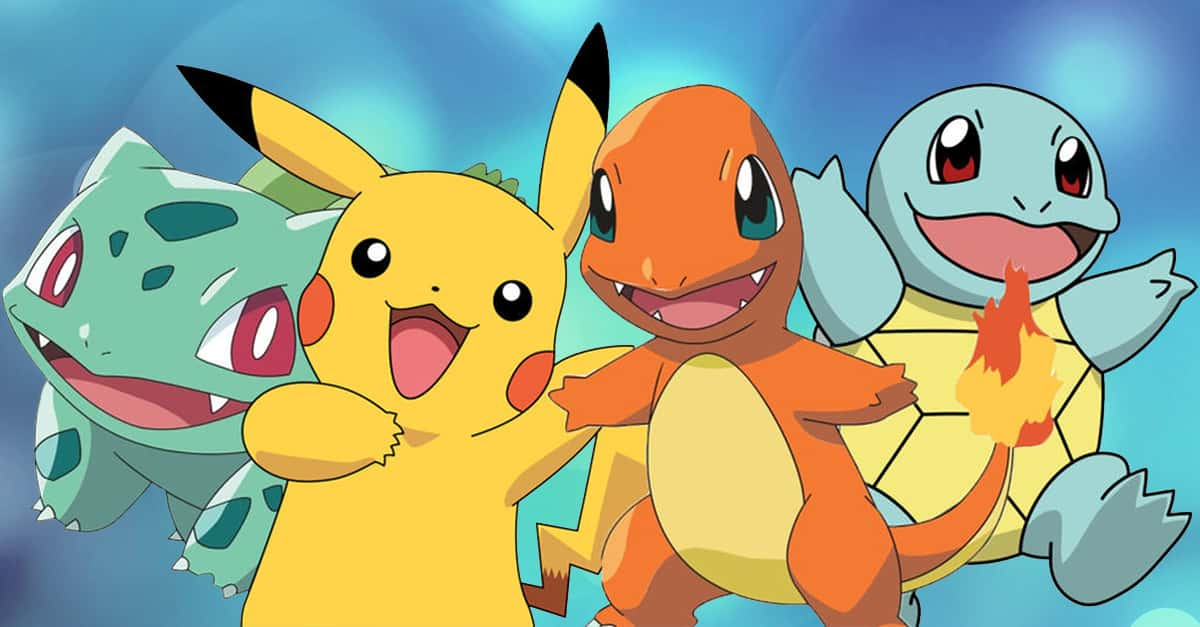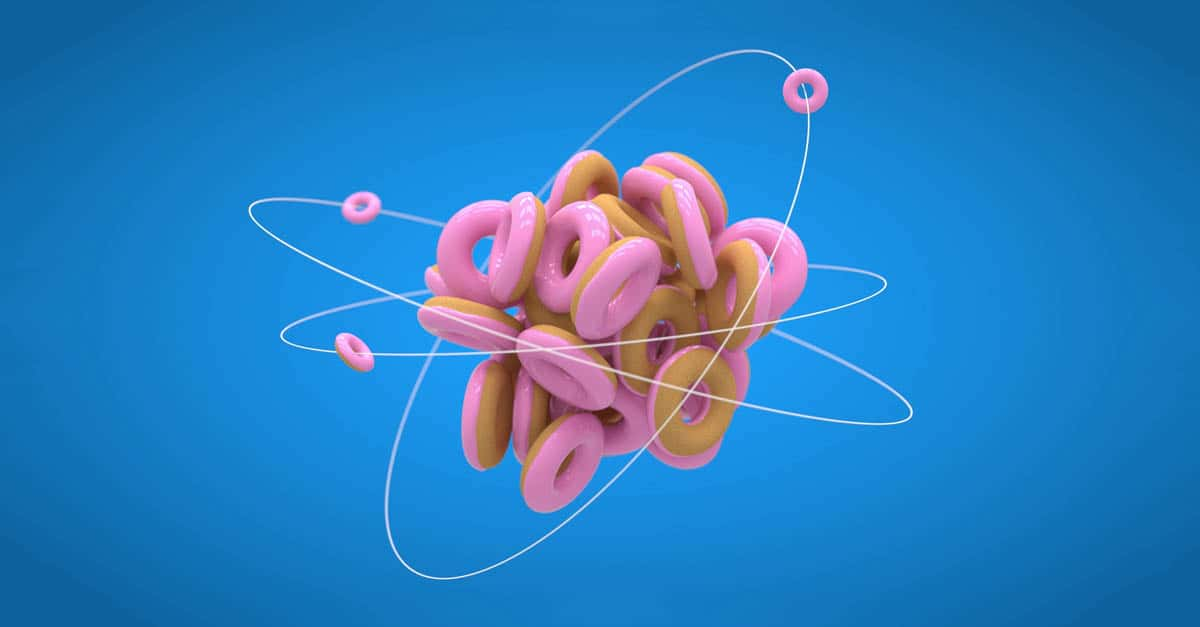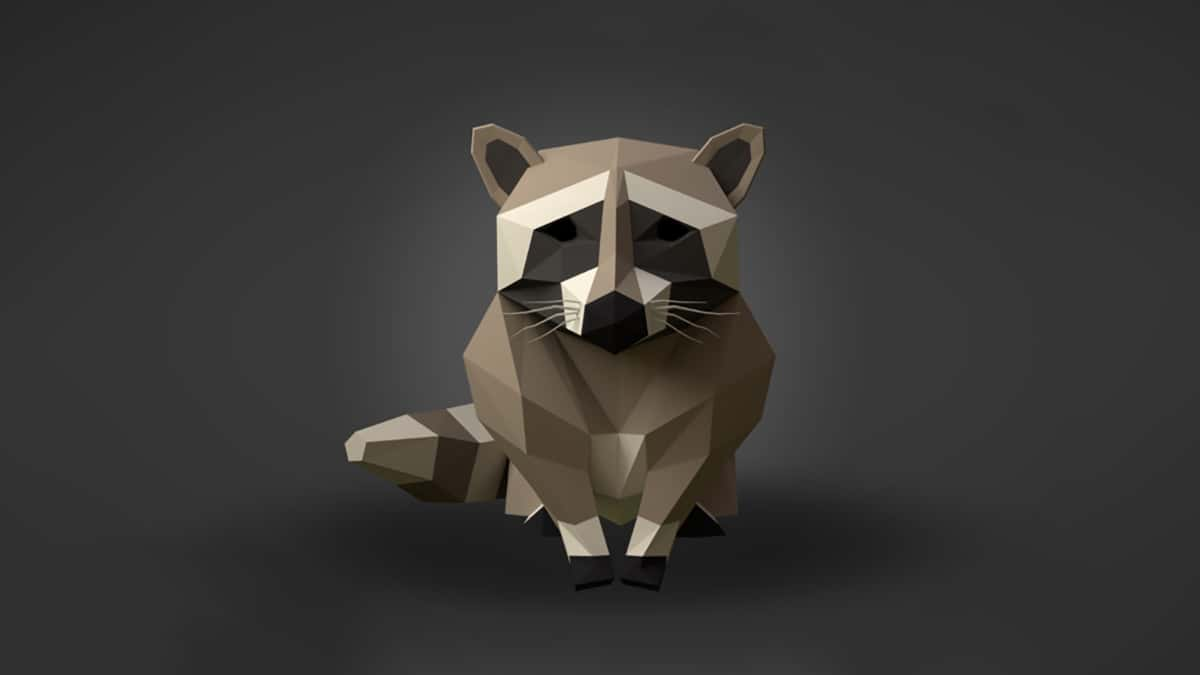The Sea Nomads of Southeast Asia
Meet the Sama-Bajau people, often called the “Sea Nomads.” They’ve spent generations living on the clear blue waters around the Philippines, Malaysia, and Indonesia. They’re amazing divers and boat builders who treat the ocean like home—but modern life is making that harder and harder to do.
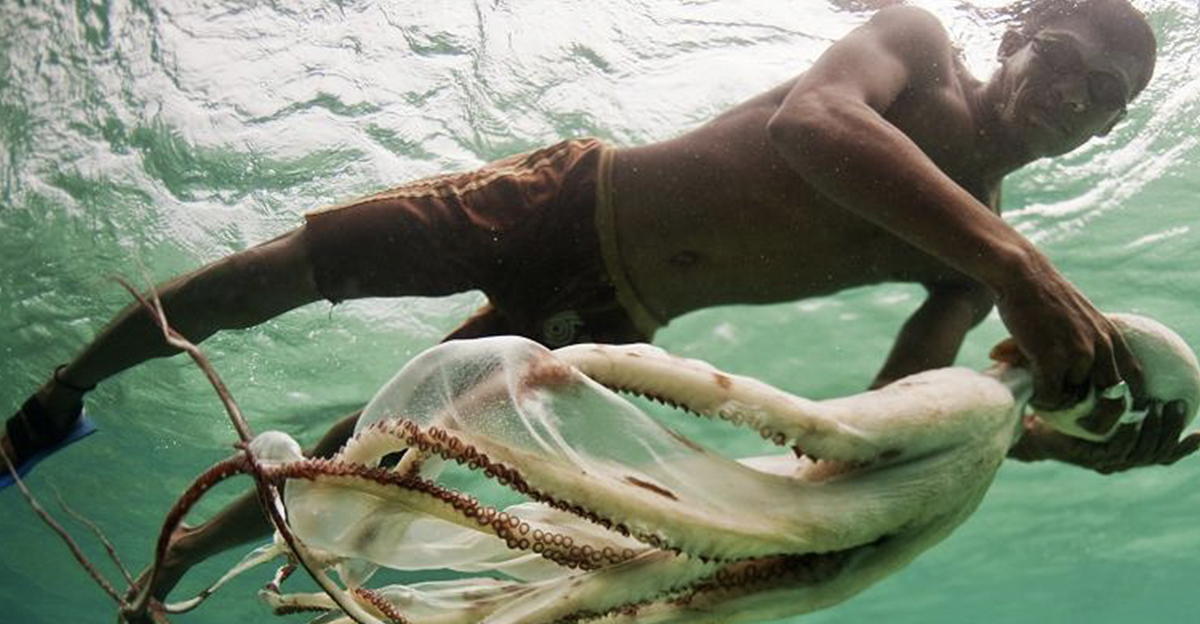
Masters of the Sea
The Bajau are born sailors. Many live their entire lives on boats called lepa-lepa, spending months at sea. They fish, trade, and travel by reading the stars and ocean currents, rarely staying on land for long.
Floating Villages on the Water
Some Bajau families live in stilt houses above coral reefs, forming small floating villages. These communities move with the seasons, following fish and good weather. For them, home isn’t a place—it’s wherever the sea takes them.
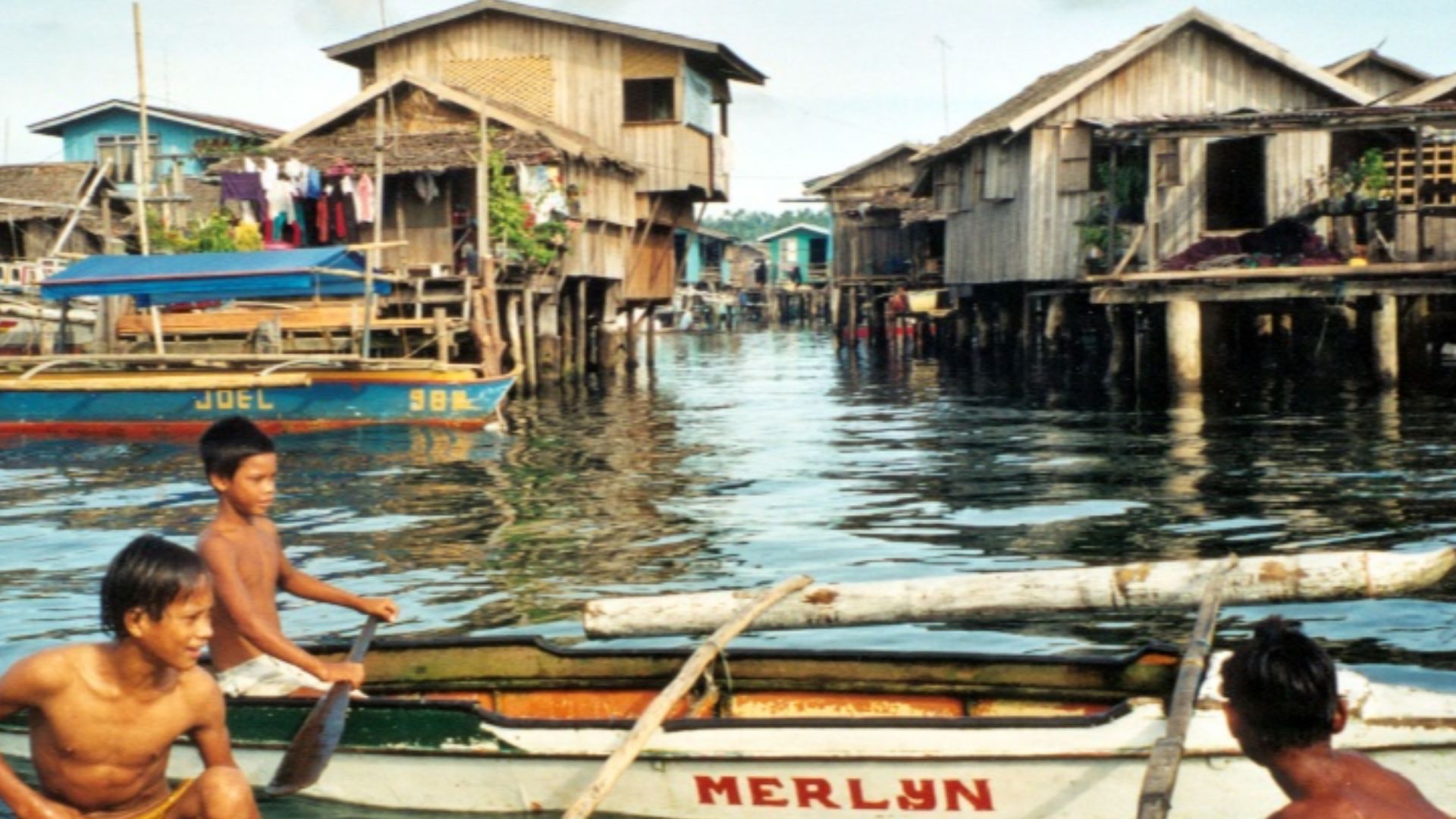 Dr.A.Hugentobler, Wikimedia Commons
Dr.A.Hugentobler, Wikimedia Commons
The Incredible Human Divers
Bajau divers are legendary. Some can dive over 200 feet and hold their breath for five minutes—without any gear! Scientists even found that their spleens are naturally larger, which helps them store more oxygen underwater.
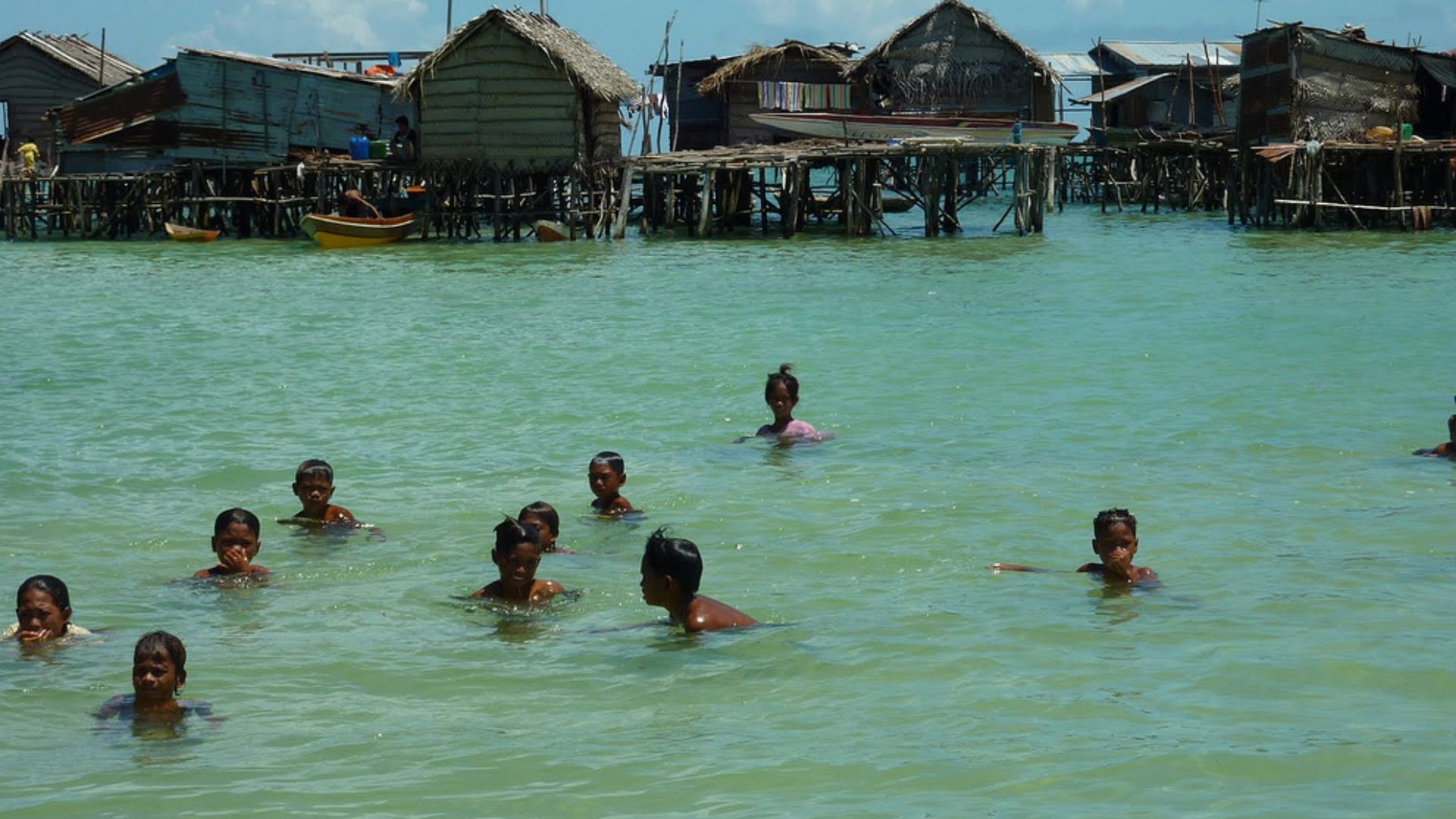 Torben Venning, Wikimedia Commons
Torben Venning, Wikimedia Commons
Living From the Ocean’s Gifts
Their food comes almost entirely from the sea—fish, octopus, and shellfish. They use simple handmade tools, like wooden goggles and spears, and they never take more than they need. It’s a lifestyle built on respect for nature.
Music, Dance, and the Ocean
Bajau culture is full of color and rhythm. Their songs tell stories about love, storms, and sea adventures. During festivals, they decorate boats, dance, and play traditional music to celebrate the ocean that sustains them.
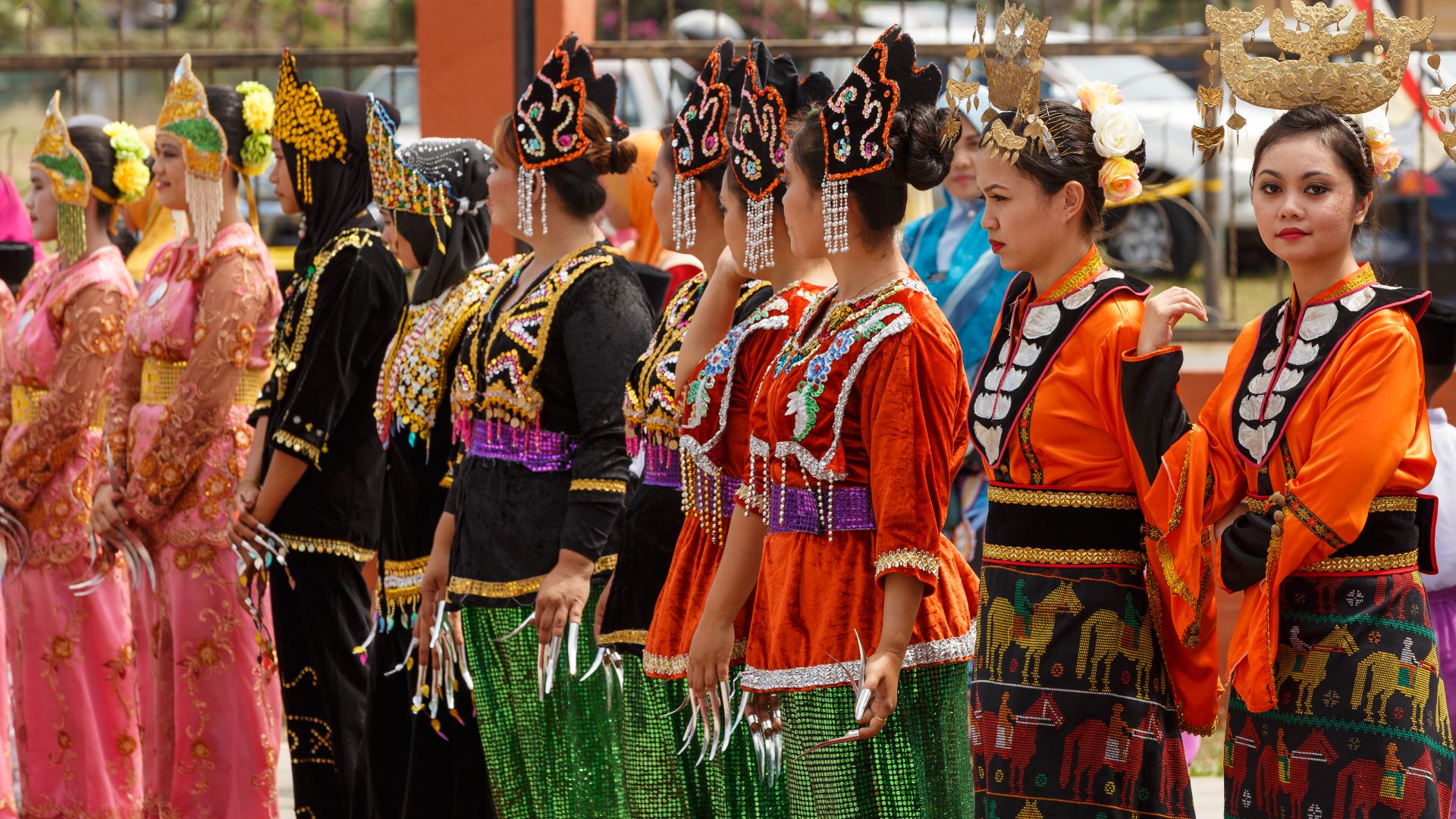 CEphoto, Uwe Aranas, Wikimedia Commons
CEphoto, Uwe Aranas, Wikimedia Commons
Spiritual Ties to the Sea
The Bajau believe that spirits live in the waves and coral reefs. Before long journeys, they perform rituals to ask for protection and good luck. For them, the sea isn’t just home—it’s sacred.
Stateless Sea Nomads
Because they move between countries, many Bajau have no official citizenship. Without papers, they struggle to access healthcare, schools, and jobs. They’ve lived in these waters for centuries but are often invisible in modern systems.
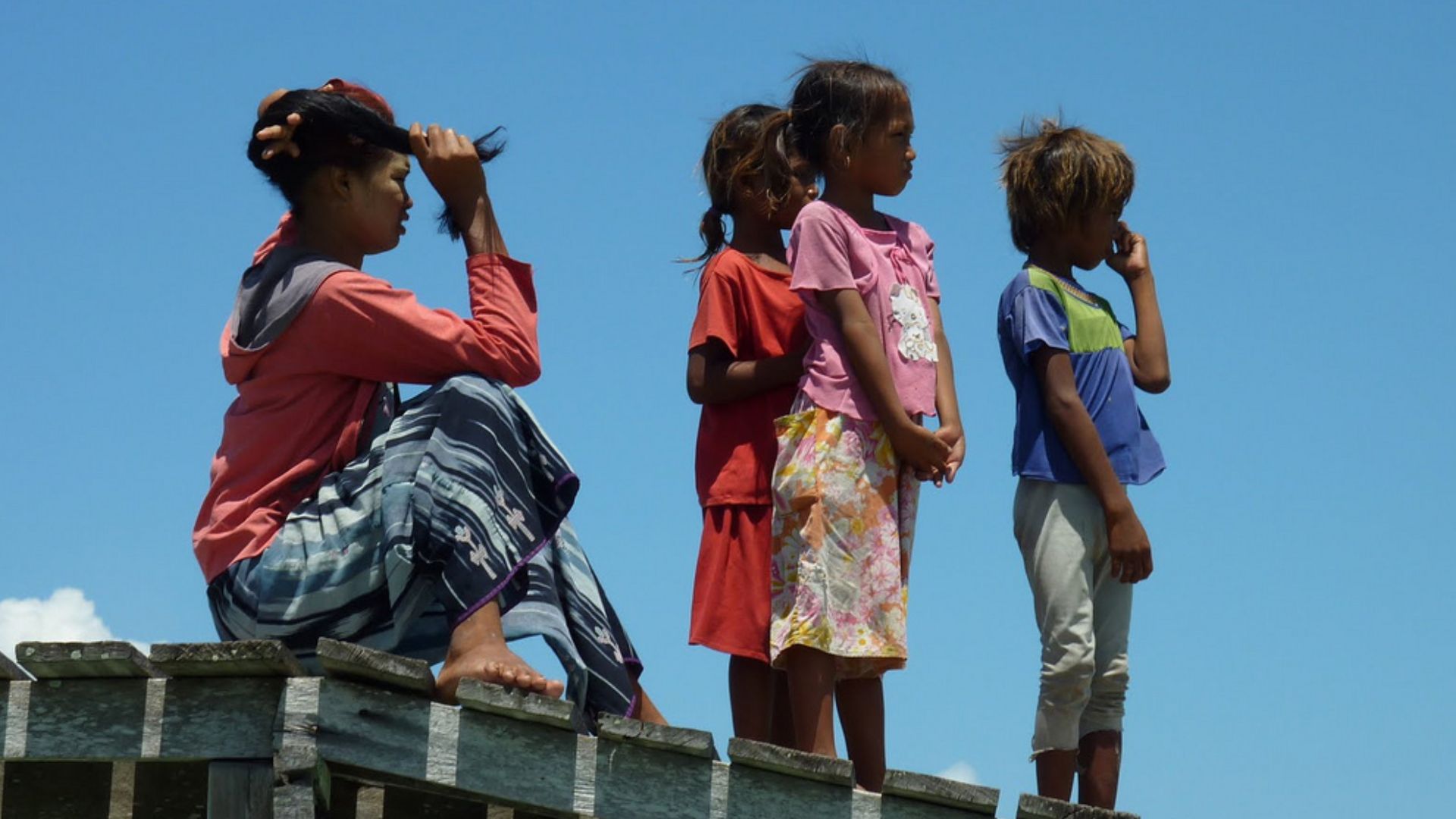 Torben Venning, Wikimedia Commons
Torben Venning, Wikimedia Commons
Rising Seas, Sinking Homes
Climate change is a huge problem. Rising sea levels and dying coral reefs are threatening their fishing grounds and homes. For a people who depend on the sea, that’s a heartbreaking challenge.
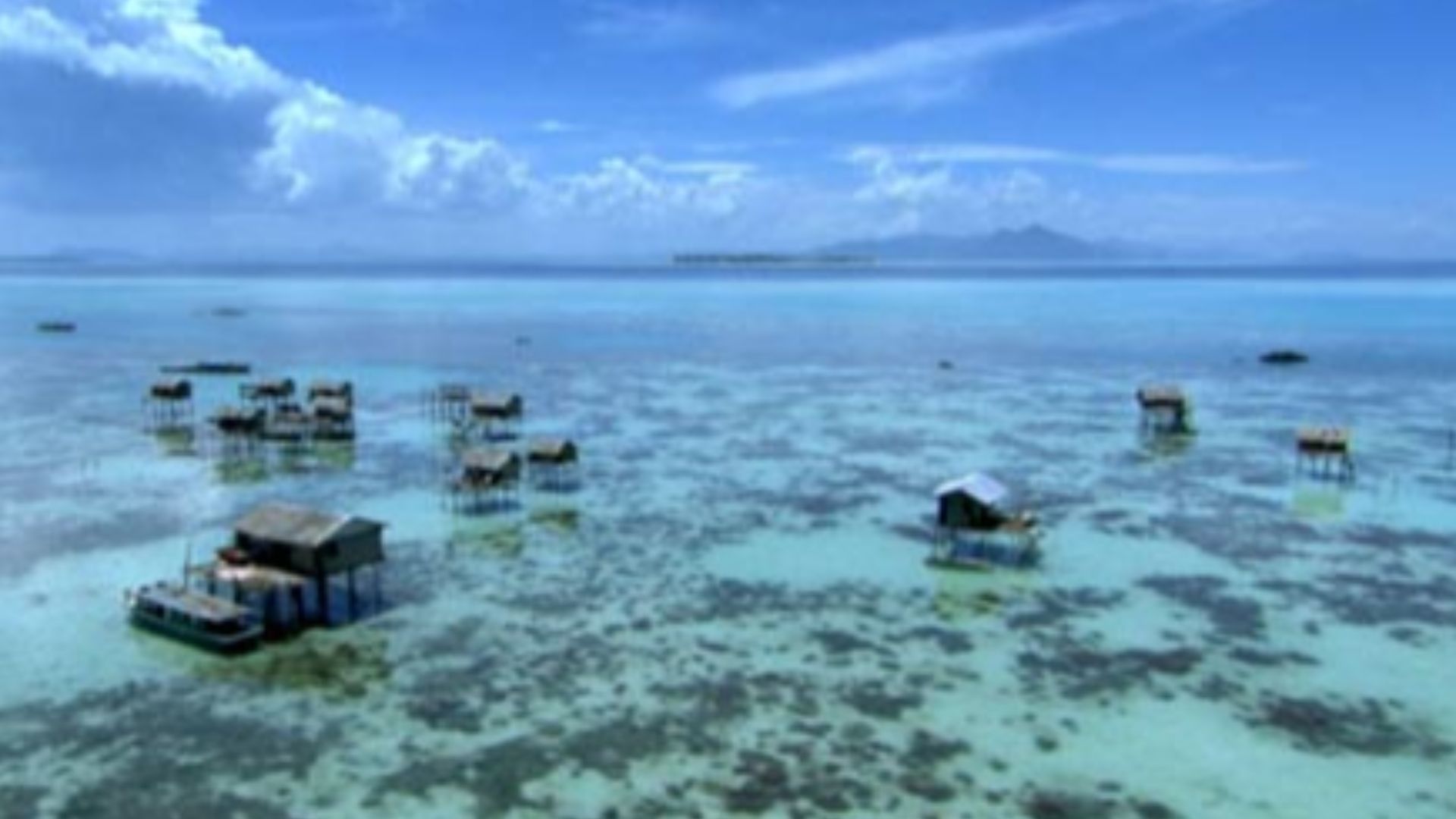 Travelbusy.com, Wikimedia Commons
Travelbusy.com, Wikimedia Commons
Learning to Live on Land
Some Bajau families have settled on shorelines, but it’s not easy. Life on land means finding new work and adjusting to a completely different way of living. Many miss the freedom of their boats and the open sea.
 The Washington Post, Getty Images
The Washington Post, Getty Images
The Fading Art of Boatbuilding
Building a lepa-lepa takes skill passed down for generations. Each boat is carved from a single tree and painted with bright designs. But fewer young Bajau are learning the craft, and that ancient art is slowly fading away.
Teaching the Next Generation
It’s tough for Bajau kids to get an education when your classroom floats. Thankfully, some organizations are bringing mobile schools and books to remote sea communities, giving children a chance to learn while staying close to home.
Between Two Worlds
Younger Bajau who move to cities often face judgment and struggle to fit in. They’re caught between their ocean heritage and the expectations of modern society—a tough balance for anyone raised by the sea.
Natural Ocean Protectors
The Bajau have practiced sustainable fishing long before it became trendy. They understand the ocean’s balance and take care not to overfish. In many ways, they’re the original conservationists of Southeast Asia’s waters.
Tradition Meets Technology
Some Bajau are finding clever ways to adapt. They still use ancestral fishing routes but now add small motors, plastic goggles, and solar lights. It’s a mix of old and new that helps them survive in changing times.
Women of the Waves
Bajau women are just as vital as the men. They dive for seaweed, gather shells, and manage household life at sea. Their strength and adaptability keep their communities afloat—literally.
 Torben Venning, Wikimedia Commons
Torben Venning, Wikimedia Commons
Stories Passed Through Song
With few written records, the Bajau keep history alive through songs and storytelling. Elders share tales of ancient voyages, sea spirits, and family journeys—passing on their culture, one story at a time.
 Thien Woei Jiing, Getty Images
Thien Woei Jiing, Getty Images
Strong But Struggling
Life for the Bajau isn’t easy. Many live in poverty and face discrimination. Still, their deep connection to the ocean keeps them strong, resilient, and proud of who they are.
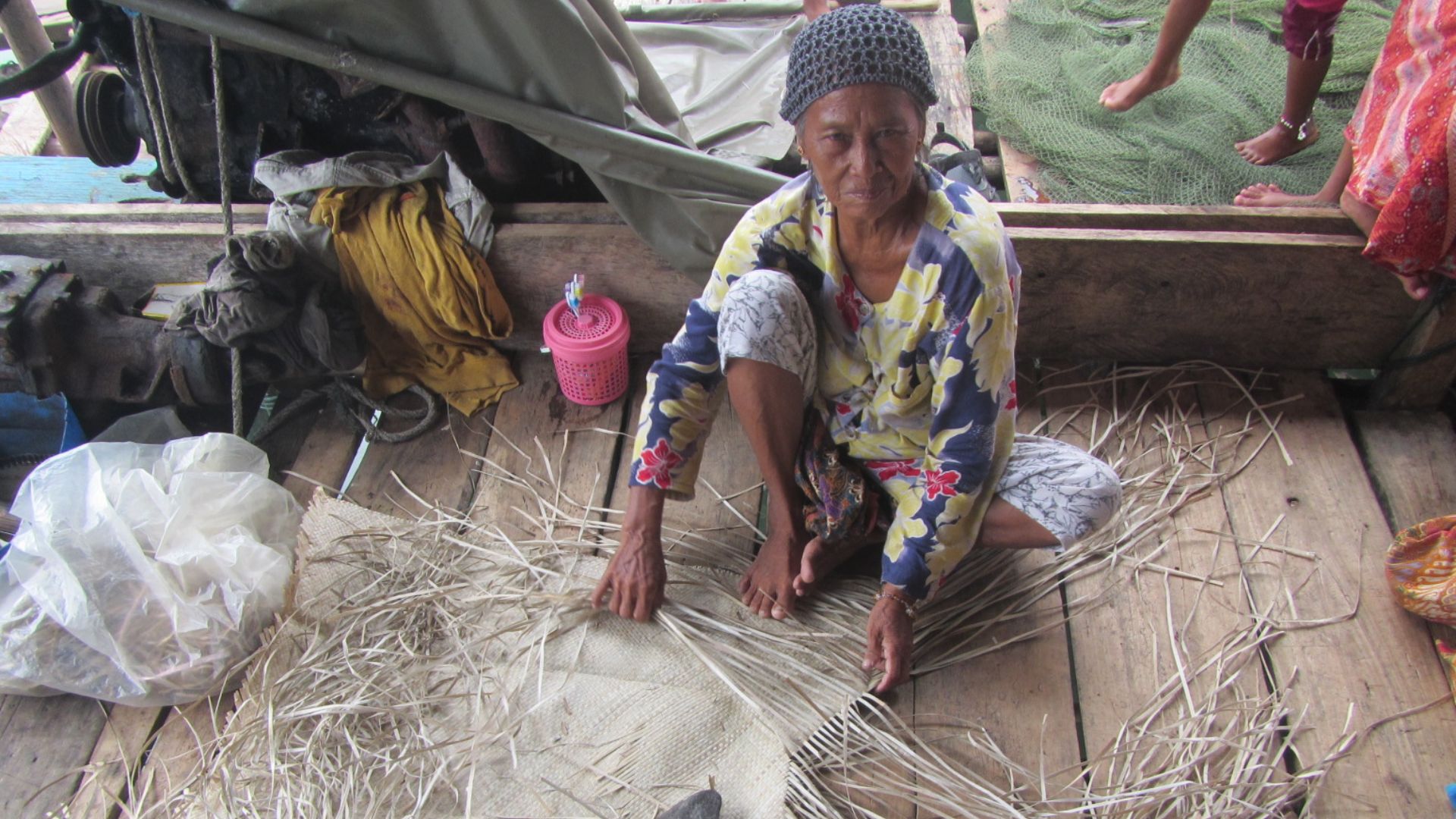 Erik Abrahamsson, Wikimedia Commons
Erik Abrahamsson, Wikimedia Commons
Keeping Their Culture Alive
Groups in the Philippines and Malaysia are now recording Bajau traditions through photos, films, and oral stories. These efforts help preserve their identity before it’s lost to modern pressures.
Hope on the Horizon
The Sama-Bajau’s story is one of endurance and grace. Even as their way of life changes, their bond with the sea remains unbreakable—a powerful reminder that humans and nature can live in harmony.
You May Also Like:
The Jungle Tribe That Protects Themselves With Spears Dipped In Poison
Photos Of The Masked Warriors Who Dance Before Every Hunt
Photos Of The Highland People Who Paint Their Faces To Signal Danger


